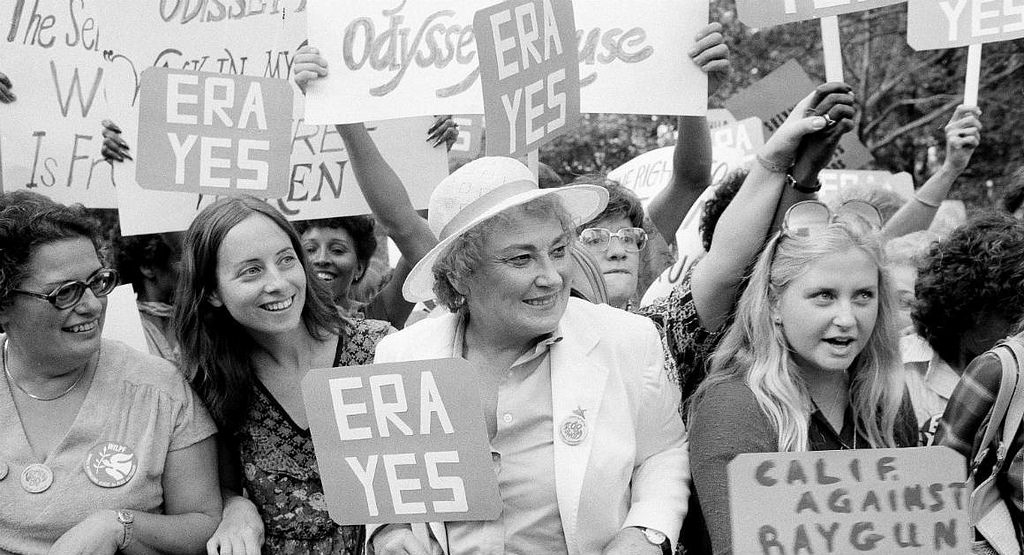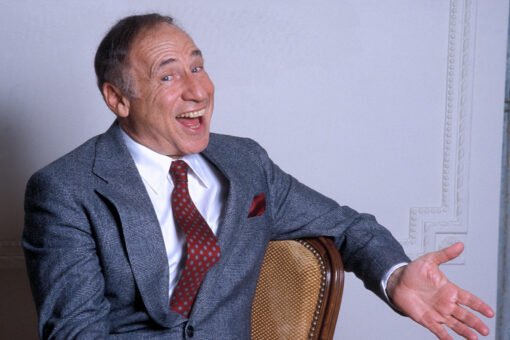It’s International Women’s Day (which at Alma, is every day), so we decided it’s high time to focus on a Jewish feminist trailblazer: Bella Abzug. Here’s everything you need to know about “Battling Bella” who fought for women’s rights, civil rights, gay rights, the State of Israel, and so much more.
Early Life
• Born Bella Savitzky in the Bronx in 1920 to Russian Jewish immigrants Manny and Esther, she became an activist at an early age. Bella would always emphasize how she was born the year the women got the right to vote in the United States.
• At age 11, she joined a group called Kvutzah, saying: “We sang songs, danced the hora, studied socialism and communal living and the history of Israel. This was 1931. Few people understood what we meant by the establishment of a homeland for the Jews.” Later, she would join Hashomer Hatzair, a labor Zionist youth group. Bella would ride the subway and give speeches urging riders to donate to their cause. As Jewish Women’s Archive writes, “from her first gang, Abzug learned about the power of alliances, unity, and alternative movements.”
• Bella’s father died when she was 13. In Orthodox Judaism, the son of the deceased goes to the synagogue to say the Mourner’s Kaddish for a year (women are not permitted). But Bella went, every day, for a year. She recalls: “I stood apart in the corner. The men scowled at me but no one stopped me. It was those mornings that taught me you could do unconventional things.”
• Bella attended Columbia Law School, and was an exceptional student. When she wrote articles for the Columbia Law Review, she wouldn’t let anyone change her ideas in them. As she explained, “Every principle is important, and if you compromise one, you’ll compromise many.” During her time at Columbia, she married Martin Abzug.
• She never learned how to type. As she said to a colleague: “I purposely didn’t learn how to type, because if I knew how, the lawyers would’ve always asked me to type things, and I just decided I was not gonna learn how to type.”
Law Career
• After she graduated, she got involved with labor and civil rights law (and not typing) and started wearing the hats she’d soon become known for. As the Washington Post wrote, “Bella’s mother told her to wear hats ‘so they won’t think you’re a secretary.'” Bella joined the Civil Rights Congress in 1948.
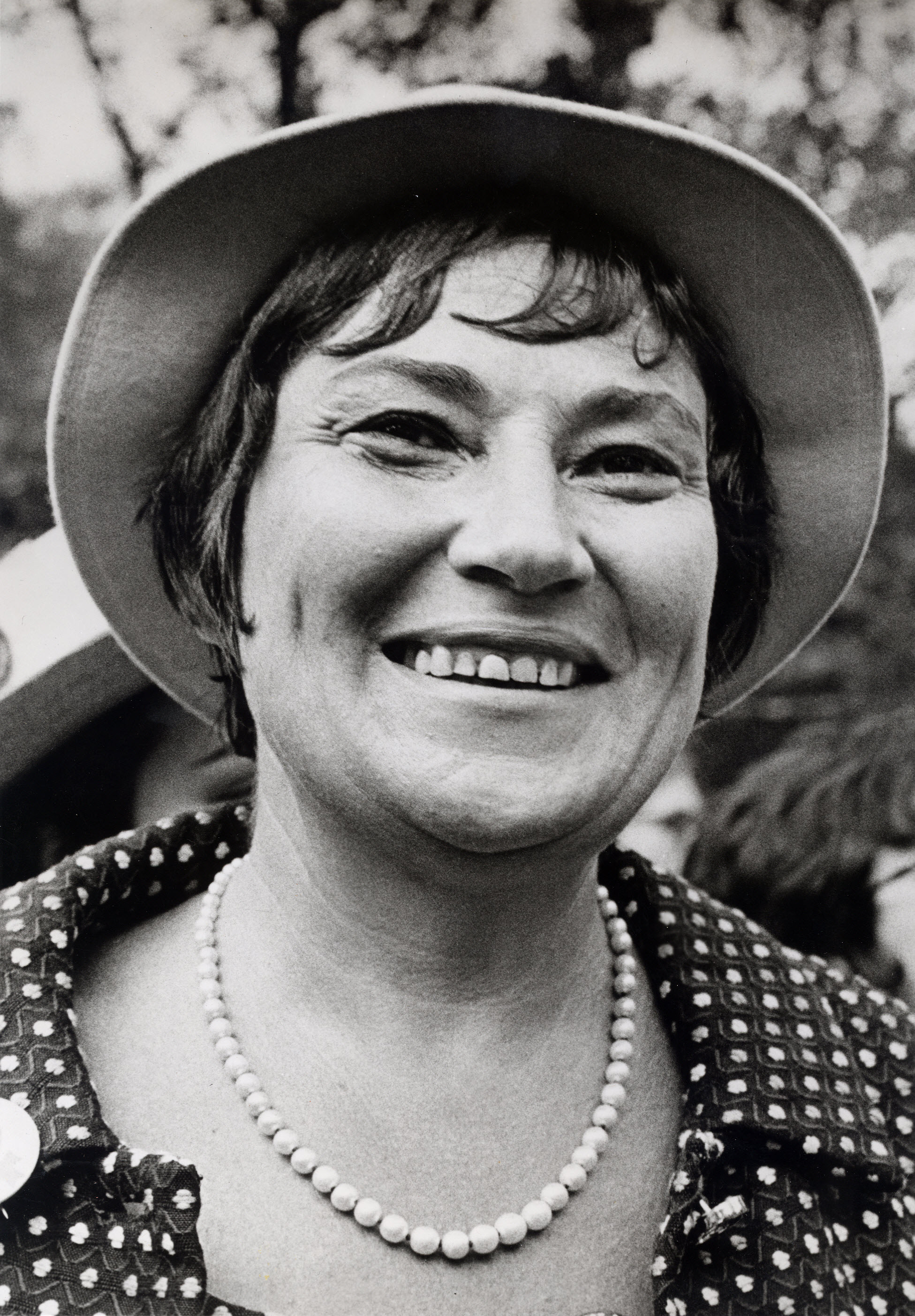
• In 1949, her daughter, Eve, was born. In 1950, while 8 months pregnant, Bella went to Jackson, Mississippi as part of the defense team for World War II veteran Willie McGee, a black man accused of raping a white woman. The daily newspaper wrote, “they should burn Willie McGee’s white woman lawyer along with him in the electric chair.”
• Yet, Bella persevered even though during the trial she feared for her life and suffered a miscarriage. Bella made significant inroads in the case (getting him two stays of execution), but Willie was ultimately executed. As Leandra Zarnow writes in “Braving Jim Crow to Save Willie McGee: Bella Abzug, the Legal Left, and Civil Rights Innovation, 1948-1951,”
Prior to Abzug’s entrance in the case, McGee underwent three trials where defense attorneys shied away from introducing his claim that he had engaged in a consensual interracial relationship with his accuser, Wiletta Hawkins. Breaking step with her predecessors, Abzug brought this sexual element into the legal record during the appeals process. She underscored that rape law was misused in the South to police racial, sexual, and gender boundaries rather than to protect women. Most significantly, she argued that consensual inter-racial sex was the central point at issue in black-on-white rape cases.
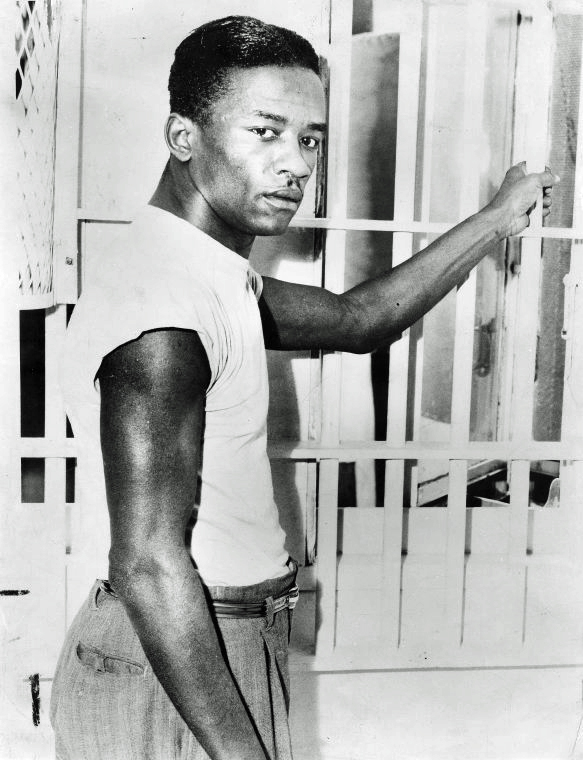
• In his farewell letter, McGee wrote, “Tell the people the real reason they are going to take my life is to keep the Negro down…. They can’t do this if you and the children keep on fighting. Never forget to tell them why they killed their daddy. I know you won’t fail me. Tell the people to keep on fighting.” As Bella said, “I was motivated by hope.” In 1952, Bella’s second daughter, Liz, was born.
Political Career
• Geraldine Ferraro, the first female vice presidential candidate representing a major American party, said of Bella: “She didn’t knock lightly on the door. She didn’t even push it open or batter it down. She took it off the hinges forever! So that those of us who came after could walk through.”
• In 1961, Bella helped organize the Women Strike for Peace to campaign for a nuclear test ban.
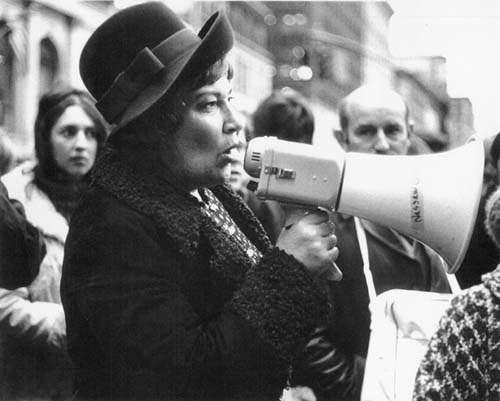
• In 1970, at age 50, Bella launched a run for elected office. Her slogan? “This woman’s place is in the House, the House of Representatives.” Bella was elected, representing Greenwich Village, Little Italy, the Lower East Side, the West Side, and Chelsea. She was the first Jewish woman ever elected to the House; the second Jewish woman ever elected to Congress (after Florence Prag Kahn, who replaced her husband). As the Jewish Women’s Archive points out, “She was the first woman elected to Congress on a women’s rights/peace platform.”
• Some legislative achievements: On her first day in Congress, Bella introduced a bill to end the war in Vietnam. She was also the first congressperson to call for President Nixon’s impeachment. Bella’s first vote was cast for the Equal Rights Amendment. In 1974, Bella co-authored the Privacy Act and the Freedom of Information Amendments and wrote the first law banning discrimination against women in obtaining credit, loans, and mortgages (the Equal Credit Opportunity Act).
• Some more: In 1975, Bella introduced the first gay rights bill to have the 1964 Civil Rights Act include gays and lesbians. Also in 1975, she challenged the UN resolution 3379 that called Zionism a form of racism. As one admirer said, “Bella was like the congresswoman for every woman in the world.” Bella was reelected to the House for three terms, and in 1976, gave up her seat to run for the Senate (she lost in the primaries).
• Barbra Streisand said of Bella: “I was happy to call Bella my friend and to work for her… She was outspoken and unconventional — two characteristics I deeply admire. Under that famous wide-brimmed hat was a woman of courage, charisma, and commitment to social justice.”
• Bella founded the National Women’s Political Caucus with Patsy Mink, Shirley Chisholm, Betty Friedan, and Gloria Steinem.
Legacy
• Bella co-founded the Women’s Environment and Development Organization, which is still active today. As she said, “All issues are ‘women’s issues’. We must each wear the hat of an advocate.”
• And as Bella herself said, “I’ve been described as a tough and noisy woman, a prize fighter, a man-hater, you name it. They call me Battling Bella, Mother Courage, and a Jewish mother with more complaints than Portnoy. There are those who say I’m impatient, impetuous, uppity, rude, profane, brash, and overbearing. Whether I’m any of those things, or all of them, you can decide for yourself. But whatever I am — and this ought to made very clear — I am a very serious woman.”
Thanks to Jewish Women’s Archive. All quotes from Bella Abzug: How One Tough Broad from the Bronx Fought Jim Crow and Joe McCarthy, Pissed Off Jimmy Carter, Battled for the Rights of Women and Workers, Rallied Against War and for the Planet, and Shook Up Politics Along the Way – An Oral History by Suzanne Braun Levine and Mary Thom, unless otherwise stated. Header image from Equality Now on Flickr.
